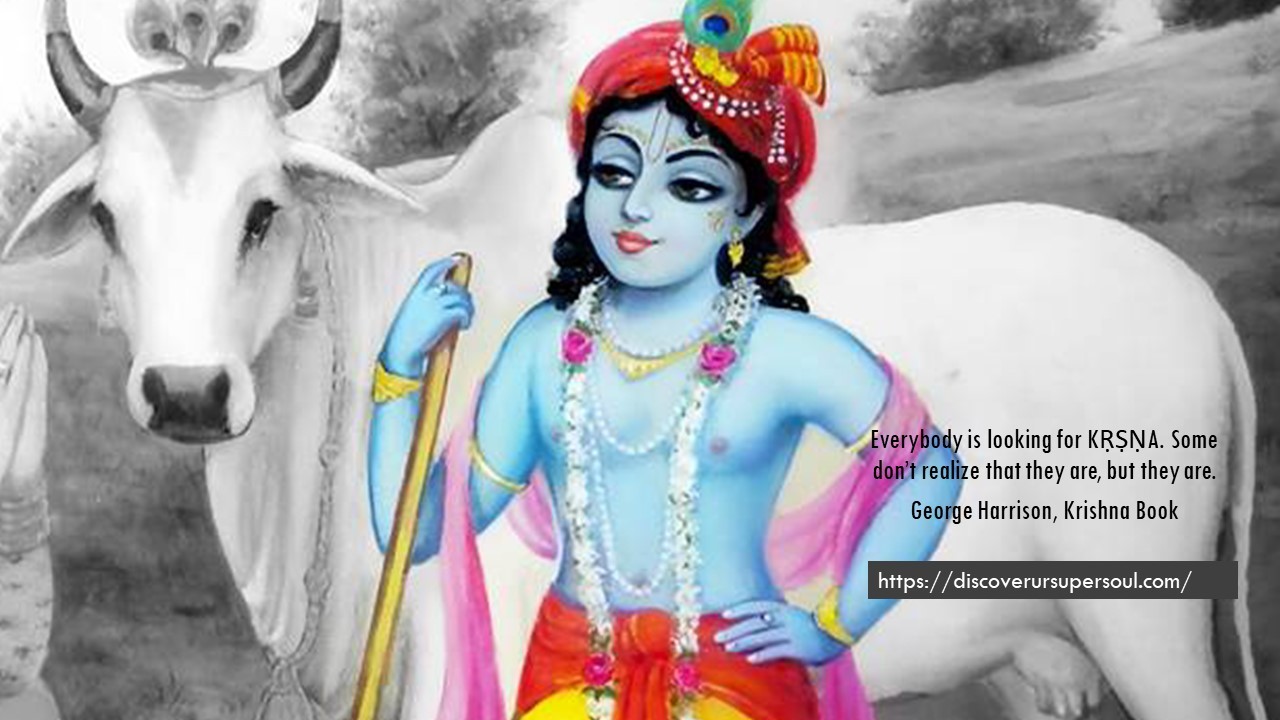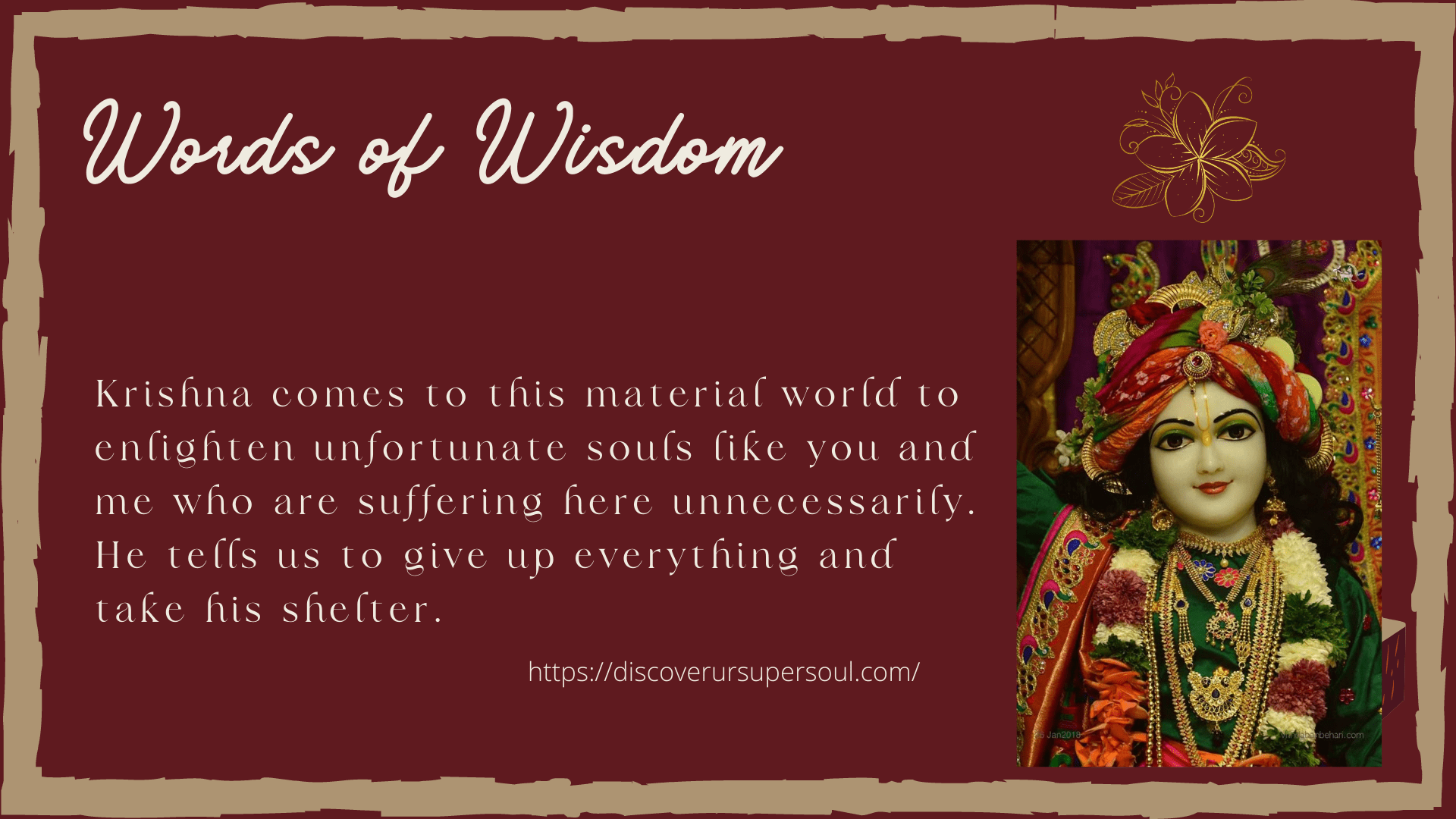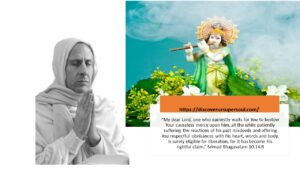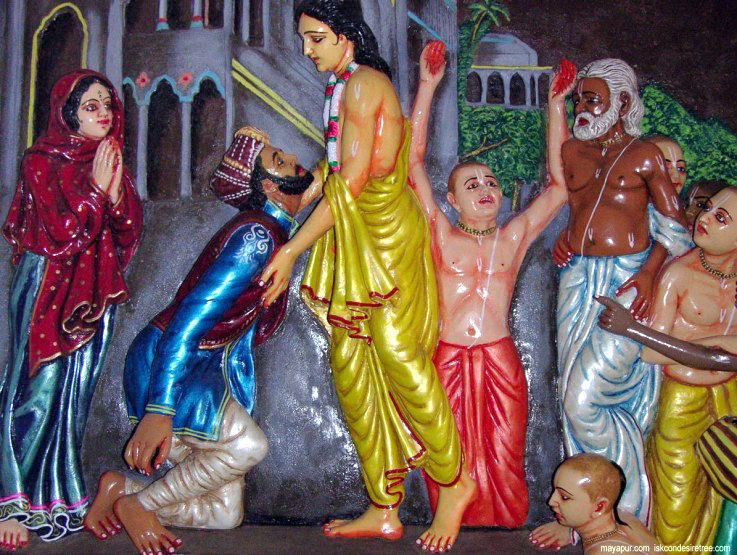
India has always been glorified as the land where the sacred rivers effortlessly flow to sanctify the places. The King of all the great mountains, the great Himalayas, as her crown brings her great glory.
It is the land where Lord Rama and Lord Krishna appeared to enjoy many pastimes – they walked, they danced, they sang, they played in this blessed land.
But sadly, this great land of ours slowly began to see the downfall. Scriptures tell that in the age of Kaliyuga, in which we are currently living, irreligion will gain prominence.
So, its not surprising that the Indian society which has its roots in spirituality began seeing the deterioration of spiritual culture and values.
As the society began to weaken from within many foreign invaders began attacking the country to loot her of the riches. Thousands of temples were desecrated, and thousands of people were forced to give up their religion.
People although carried on with their daily routine and religious practices but within their hearts remained petrified for fear of being persecuted.
It was not just the foreign invaders whom the people feared but even the brahmanas who had all the say in the religious life of a person had begun exploiting the common people.
Religious practices that uplift one’s consciousness and connect it to God had taken a backseat. Instead, rituals that were against the spirit of the Vedas gained prominence. People had become utterly materialistic.
A revolutionary reformer appears
Chaitanya Mahaprabhu appeared during this time when India was suffering from within and without. He appeared in 1486 in Mayapur,Navadvipa, West Bengal.
Through his teachings and life’s example, he singlehandedly ended the monopoly of the priestly class, the brahmanas, who had introduced rigid hereditary caste system to gain unparalleled control over day to day life of the people.
As per the laws of the caste brahmanas the general masses were forbidden to worship the deities, to read Vedic scriptures, perform any rituals and chant any mantra. They had appointed themselves as the blessed representatives of the Lord and it was through them only anyone can attain any favour from the Lord.
Scriptures never ask anyone to discriminate against others. The social divisions that Vedas talk about are meant for the smooth functioning of society. This division is not based on birth but on one’s work. (Bhagavad Gita 4.13)
Chaitanya Mahaprabhu had come to re-establish the true teachings of the spiritual books. He came to break the shackles of the unjust caste system and to give an equal opportunity to all to practice devotion to the Supreme Lord.
The sankirtana movement was born
He introduced the sankirtana movement i.e. the congregational chanting of the Hare Krishna Mahamantra.
Quoting the scripture, Srimad-Bhagavatam (12.3.51), he said that chanting is the only effective way by which one attains salvation in this age of Kaliyuga.
The Hare Krishna Mahamantra was not a new mantra. Chanting was not a new process. In fact, the chanting of Hare Krishna Mahamantra has been going on since eternity and not just on earth even on all the higher planets this mantra is chanted.
But unfortunately, people had forgotten this and had subjected themselves to a miserable state of life. Chanting can be done individually and when done together along with several people, it becomes congregational chanting.
All were eligible to chant the names of the Lord. So called upper caste and lower caste, men and women, rich and poor, Hindus and non-Hindus all were welcomed. First time in their life they began to experience a deep connection with the Lord.
Thousands of people began chanting.
From almost every house in Navadvipa one could hear the holy name of Krishna being chanted. And those unfortunate souls who refused to chant always heard the chant. It spread like wildfire.
This fire also began destroying the hegemony of the caste brahmanas, the priestly class. They were furious.
The Muslim rulers feared being overthrown by the united Hindus. Seeing many non-Hindus participating in congregational chanting was a cause of great concern.
The caste brahmanas approached the Muslim rulers. They together devised a plan to stop the sankirtan movement. Chand Kazi, the then magistrate of Navadvipa, issued an order.
‘Chanting had to stop immediately. Anyone who defied the order will be severely punished.’ His soldiers went to houses warning people against chanting. At the house of Srivas Thakur, who was one of the prominent followers of Chaitanya Mahaprbahu, a mridanga was even broken.
The common men and women who enjoyed chanting the Lord’s names were devastated. The limited freedom which they had to practice their faith was totally taken away.
They had only two choices now.
To live they had to give up chanting. To chant they had to give up their life.
Thousands come on the street to protest

They approached Chaitanya Mahaprabhu, their leader, their saviour. He who had reinstated the true teachings of the holy Vedas had to now save the life of the followers of the Vedas.
‘No one is powerful enough to stop the chanting of the Lord’s name. None we must fear. We will defy the discriminatory order.’ Chaitanya Mahaprabhu’s clarion call brought great hope to all. They had complete faith in the leadership of Chaitanya Mahaprabhu.
Mahaprabhu along with thousands of followers launched the Civil disobedience movement, hundreds of years before Gandhiji used it as a weapon to overthrow the British regime.
One hundred thousand men carrying thousands of mridangas and kartals (hand cymbals) fearlessly sang and danced on the streets of Navadvipa.
The chant of the great mantra, the Hare Krishna Mahamantra, filled the entire atmosphere. They began marching to the house of the Kazi. The powerful soldiers were helpless, they fled.
Chaitanya Mahaprabhu decided to meet Kazi to challenge his order. Seeing the mammoth crowd which stretched for miles, the Kazi had hidden himself inside the inner chambers of his house. Reluctantly he came out.
Chaitanya Mahaprabhu had a long conversation with the unjust ruler.
Mahaprabhu wasn’t harsh with him. He was not there to harm him. He spoke politely but logically. His reasoning had a great impact. The Kazi understood his mistake. His heart was now transformed.
With tears in his eyes, he said, “To as many descendants as take birth in my dynasty in the future, I give this grave admonition: No one should check the sankirtana movement.” Chaitanya Charitamrita, Text 222.
The devotees were jubilant. They were now free to practice devotion to Krishna.
Chaitanya Mahaprabhu whose advent had been predicted in the Vedas – Srimad Bhagavatam 11.5.32, Mahabharata, Adi Purana, Narada Purana, Padma Purana – was a revolutionary social reformer. He laid the foundation of a worldwide sankirtana movement.
The sankirtana movement spreads all over the world
Srila Prabhupada, the founder acharya of Iskcon and one of the foremost followers of Sri Chaitanya Mahaprabhu, has played a significant role in carrying forward the sankirtana movement.
He worked tirelessly to make sure that millions of people of this world too become the recipient of the mercy of Chaitanya Mahaprabhu.
And so today be it the streets of London or New York, Moscow or Cape Town, Mumbai or Sydney one can find thousands of devotees joyfully singing and chanting the Hare Krishna Mahamantra.
The sankirtana movement which was started by Sri Chaitanya Mahaprabhu around 500 years ago in Navadvipa has spread all over the world and millions of people are now participating in it.
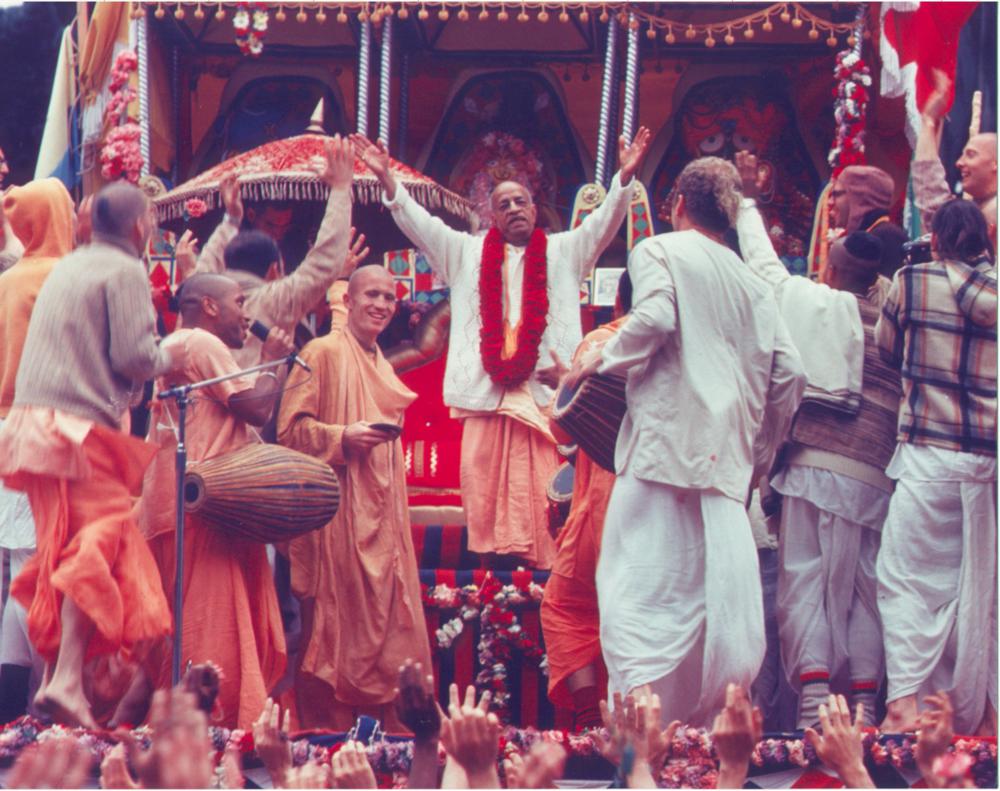
Sri Chaitanya Mahaprabhu came to teach us that we all are children of the same God and so no one should be discriminated on the basis of caste, creed, religion, gender or economic status.
Also, we the seekers should fearlessly practice devotion to Krishna having complete faith that Mahaprabhu will protect us in any difficult situation.


